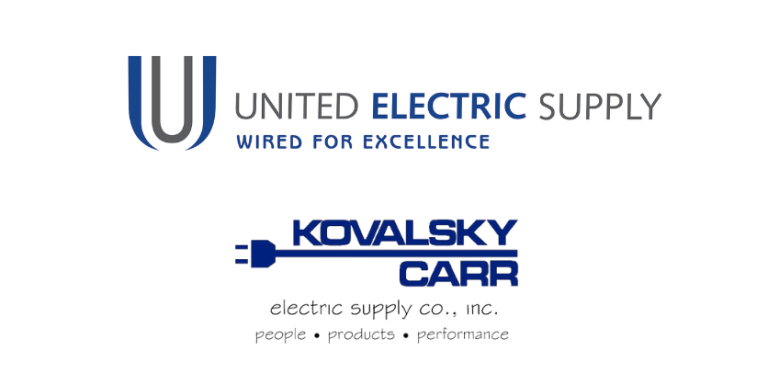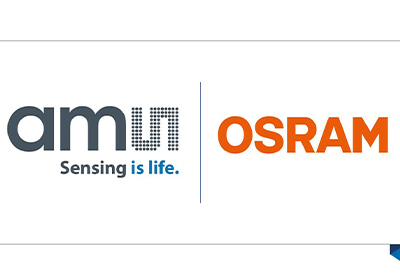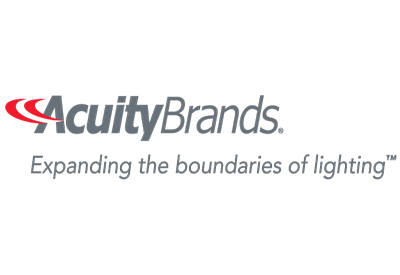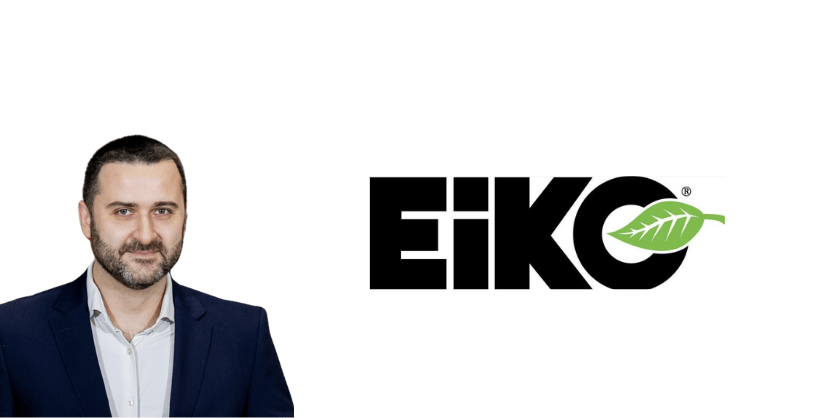Steel & Aluminum Tariffs Could Throw a Wrench in Lighting Showrooms’ Growth
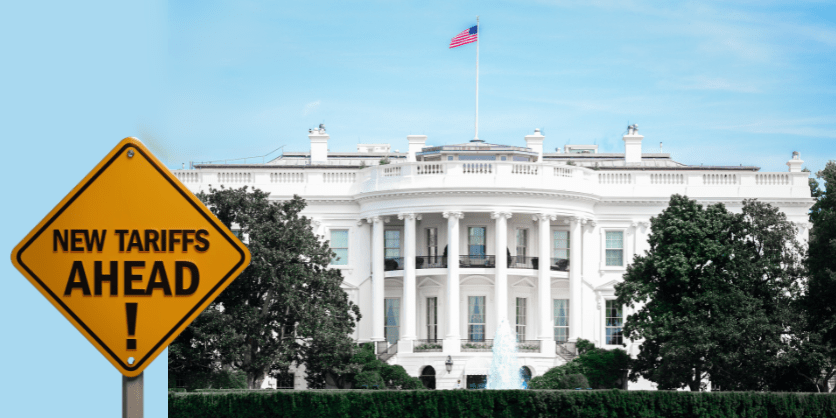
The residential lighting industry has survived a lot of punches lately as rising inflation, reduced consumer confidence, and a tight housing supply tempered expectations for a profitable 2024. As reported earlier in USLT, most lighting retailers had a flat year – with the exception of a few outliers in select areas – however, all expressed cautious optimism for 2025 when interviewed at the recent Lightovation event in Dallas.
At the time of the show, tariffs against China, Canada, and Mexico were expected to begin on February 1. Some manufacturers that USLT spoke with had been preparing for impact and implementing changes overseas ever since President Trump announced his plans in the run up to the election, while others hoped the talk about tariffs was an idle threat.
The mention of potential tariffs imposed on member countries of the EU earlier this month has caused further concern, as a fair amount of European lighting manufacturers have distribution in the U.S. through lighting showrooms.
But it was this week’s announcement regarding tariffs on steel and aluminum – slated to take effect in March – that caused further alarm as it could hobble any positive momentum in the housing sector.
Noted Carl Harris, chairman of the National Association of Home Builders (NAHB) in a statement, “Through an executive order on his first day in office, President Trump made it a top priority to reduce housing costs and increase housing supply to ease the nation’s housing affordability crisis. The administration’s move to impose 25% tariffs on all steel and aluminum products imports into the U.S. runs totally counter to this goal by raising home building costs, deterring new development and frustrating efforts to rebuild in the wake of natural disasters. Ultimately, consumers will pay for these tariffs in the form of higher home prices.”
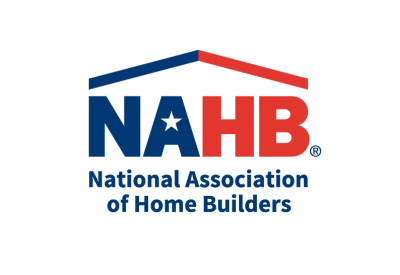
Harris went on to say, “The new tariffs on steel and aluminum products are projected to raise the cost of imported steel and aluminum products by several billion dollars, adding layered costs that could substantially impact builders’ ability to deliver new single-family and multifamily projects.”
After a slowdown in builder business due to housing shortages and rising interest rates that have caused homes to sit on the market longer, showrooms that rely on builder sales are feeling the squeeze as less homes are being built and more money is subtracted from lighting allowances. Furthermore, at least four lighting manufacturers have announced price increases this month.
Strength in Numbers
While it is hard for one person to influence government decisions, banding together as a group is a more effective option. The associations for the electrical trade, home builders, and the residential lighting market have publicly conveyed their stance to the Administration in hopes that an alternative to the impending tariffs can be reached.
According to the NAHB, the association will continue to urge the Administration to carefully consider the potential effects of placing additional tariffs on building materials, which could price even more families out of the American dream of homeownership.
“We will continue to work with the Administration to remove regulatory and other barriers that raise housing costs and hinder the production of new homes and apartments,” Harris said.
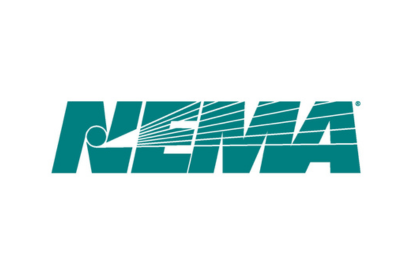
A statement issued by president & CEO Debra Phillips of the National Electrical Manufacturers Association (NEMA) noted, “The U.S. electroindustry powers our economy with essential products that electrify and connect our nation’s grid, manufacturing facilities, homes, businesses and mobility systems.
“The electroindustry has taken major steps to reduce reliance on Chinese imports since 2018, decreasing China’s share of U.S. imports of electroindustry goods from 28.2% to 17.9%, while significantly growing electroindustry trade across North America by 36% spurred by USMCA.
“We look forward to working with the Trump Administration to further strengthen USMCA [the U.S. – Mexico – Canada Agreement] including its enforcement and ensuring it incentivizes new investments and jobs in the United States,” she added.
The American Lighting Association (ALA) released a letter to its membership this week from interim president & CEO Laurie Gross, stating, “The ALA supports strong trade policies that promote fair competition and protect U.S. industries. However, the newly implemented 10% tariffs on imports from China will place unnecessary financial strain on ALA members – including lighting and ceiling fan manufacturers, retailers, and distributors – who rely on a global supply chain to deliver affordable, energy-efficient lighting and ceiling fan solutions to American consumers.”
The ALA is proposing that exemptions for certain products be allowed. “The lighting industry’s supply chains are complex and cannot be quickly realigned without significant cost and disruption. Many components require specialized materials, safety certifications, and compliance with strict energy-efficiency regulations, making sudden shifts to alternative sources impractical. Though the overall share has been decreasing in recent years, most lighting and ceiling fans sold in the U.S. originate from China and there is currently not enough domestic production capacity to meet demand at competitive prices. For this reason, ALA is strongly urging the Administration to establish a fair and transparent waiver process for products where no viable U.S. alternatives exist.”
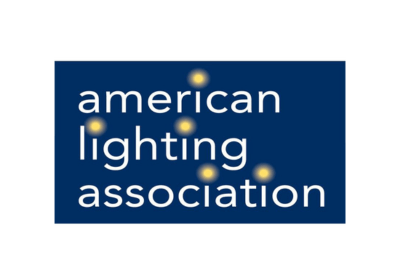
Gross’ letter to membership concluded, “While we advocate for solving trade concerns, ALA remains committed to working with the Trump Administration and Congress on tax relief for family-owned businesses, workforce development initiatives, and policies that ensure a competitive marketplace for lighting manufacturers and retailers.”
Nathan Frampton, president of ceiling fan manufacturer Fanimation, urged his fellow ALA members to essentially join the chorus:
• Contact Your Congressional Representatives and Senators and advocate for the elimination of the 10% tariff on Chinese imports, emphasizing that while fair trade is essential, this specific tariff imposes undue burdens on our industry.
• Reach Out to the White House – communicate the importance of reconsidering the tariff, highlighting its potential negative impact on businesses and consumers in our sector.
• Engage with the ALA – share your experiences and concerns to strengthen our collective advocacy efforts against the tariffs.



